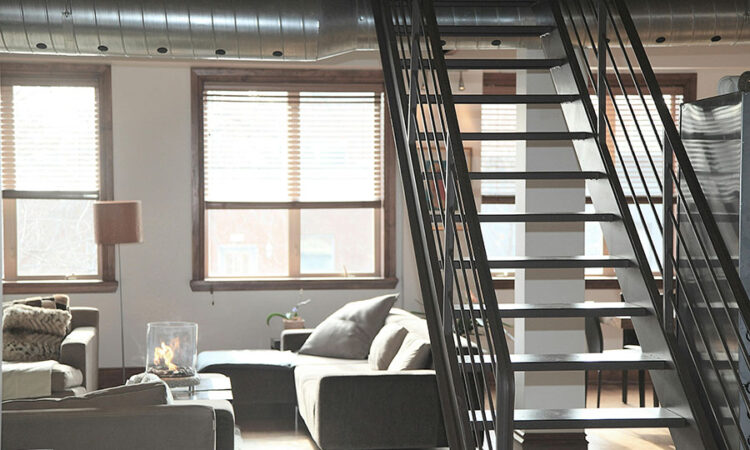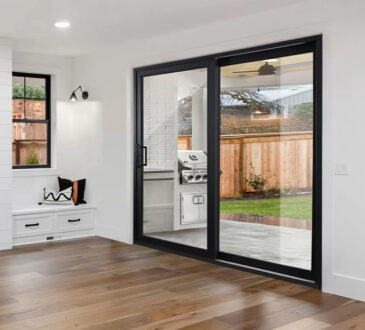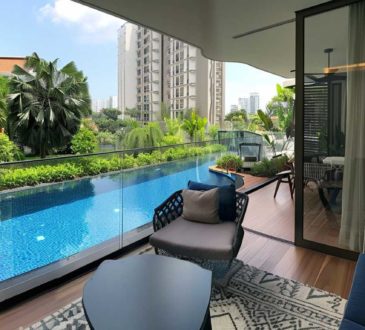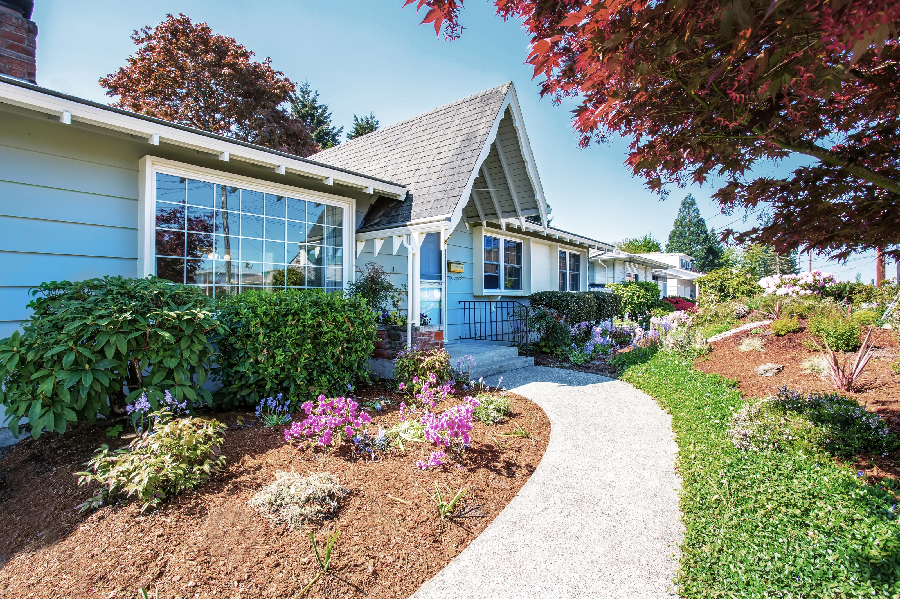
A condominium purchase represents both a home and an investment, with building materials determining which units gain value while others depreciate. At Faber Residence, units in the concrete south tower have appreciated significantly more over the past five years than comparable units in the wood-frame north tower, despite identical floor plans and amenities. This material-based performance gap mirrors patterns across the market, where specific construction choices create predictable financial outcomes for owners throughout their ownership period.
Concrete vs. wood frame
Concrete construction costs developers more than wood framing, but creates dramatic financial advantages for owners over time. While concrete units typically command a premium at initial purchase, this investment pays dividends through multiple channels that affect overall returns. Insurance premiums run lower due to concrete’s superior fire resistance and durability during extreme weather events. This annual savings compounds over ownership periods, creating a meaningful cost advantage compared to wood-frame alternatives with higher risk profiles.
Energy efficiency represents another concrete advantage, with thermal mass properties reducing temperature fluctuations and lowering heating and cooling demands throughout seasonal changes. These monthly utility savings continue throughout ownership, growing more valuable as energy costs rise. Noise transmission differences significantly impact liability and tenant retention in investment properties. Concrete structures provide superior sound isolation between units, eliminating expensive acoustic retrofitting commonly required in wood-frame buildings. This sound performance increasingly influences resale values as buyer expectations evolve toward quieter living environments.
Window systems
Triple-pane windows with aluminium cladding increase construction costs compared to standard vinyl alternatives, but create long-term financial benefits that accelerate over time. This initial premium delivers continuous advantages throughout ownership. Energy performance differences between window systems grow more pronounced as buildings age. Premium windows maintain their seals and insulation values while standard options degrade, creating widening efficiency gaps that translate to growing utility cost differences over time.
Replacement timing creates another significant financial divergence. Premium windows maintain functionality for decades, while standard vinyl alternatives typically require replacement midway through a standard ownership period. This replacement necessity often coincides with other building system needs, creating financial pressure that can force ownership decisions. Noise reduction capabilities increasingly influence property values, particularly in urban settings. Premium windows, maintaining higher noise reduction ratings, preserve rental values during nearby construction or increasing neighbourhood activity. This performance difference translates directly to tenant retention and rental premiums for investment properties.
Envelope waterproofing
Rainscreen systems with proper moisture barriers add to construction costs but prevent the catastrophic moisture damage that affects a majority of standard building envelopes within two decades. These protective systems create substantial financial benefits throughout ownership.
Water intrusion represents one of the most financially destructive building problems, often necessitating extensive remediation funded through large special assessments. Properties with premium envelope protection systems avoid these crushing mid-life expenses that can exceed the original down payment amount. Market stigma from moisture problems lingers long after repairs, creating permanent value diminishment for affected properties. Even after complete remediation, buildings with documented moisture histories sell at discounted rates compared to problem-free alternatives, representing a permanent equity loss.
Construction material decisions create financial consequences that compound throughout ownership. Premium materials typically add to initial purchase prices but deliver substantially better financial performance over a standard ownership period through reduced operating costs, lower assessment risk, and superior value retention. When evaluating potential condo purchases, savvy buyers recognise that investment returns depend more on building composition than location alone.



